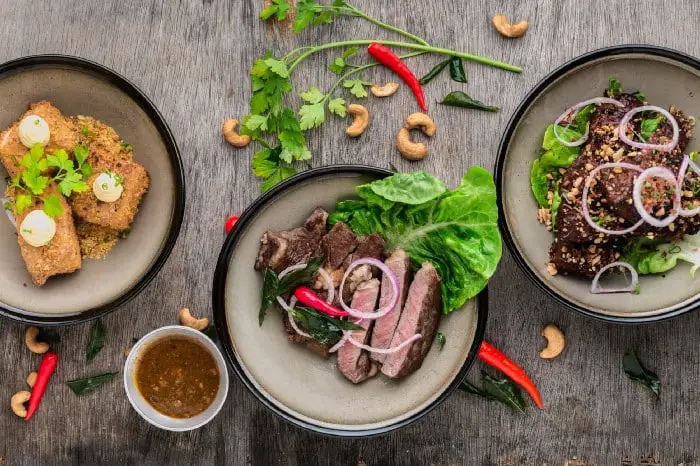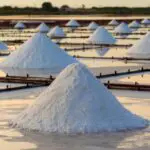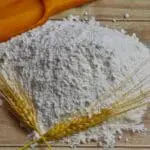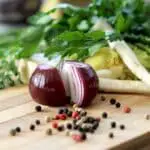Table of Contents
Peeling carrots and slicing potatoes is just the beginning. You need to do more if you want to be effective.
Even as a Brit, I have a deep sense of responsibility when it comes to Mise en Place — it’s one of the best french exports, right behind wine and croissants. Without it, I feel lost in my own kitchen and what is usually a simple meal, quickly gets out of hand and becomes a nightmare.
My spouse and I even have a rule that if dinner gets out of hand (or ruined) then we will order take-out.
But it goes further than just making sure you prepare your vegetables and weigh your butter — it’s a chef’s way of life. From the moment they walk into their kitchen, to the moment they leave it, they abide by their laws of Mise en Place, and it shows in their cooking, their presentation and their enjoyment.
A Quick Refresher on Mise en Place
Translated as “everything in its place”, it describes the preparation and setup you do before cooking; this can be before baking a cake, or at Thanksgiving dinner when you’re peeling the endless potatoes for the day to come. There is really no limit to what Mise en Place can group together under its umbrella, but typically it is any preparation that you do to make cooking more manageable.
If you were thinking that it only relates to food, then think again. Placing your oil in a repeatable and easy-to-access spot on the counter counts too, so does your cupboard of bowls that are always ready to go at any time. You are probably already observing your own set of rules every day without even realising it.
Mise en Place encompasses food, utensils, serving plates and pretty much anything else
But How Does Mise en Place Help You?
Well first off, it’s faster. Much faster.
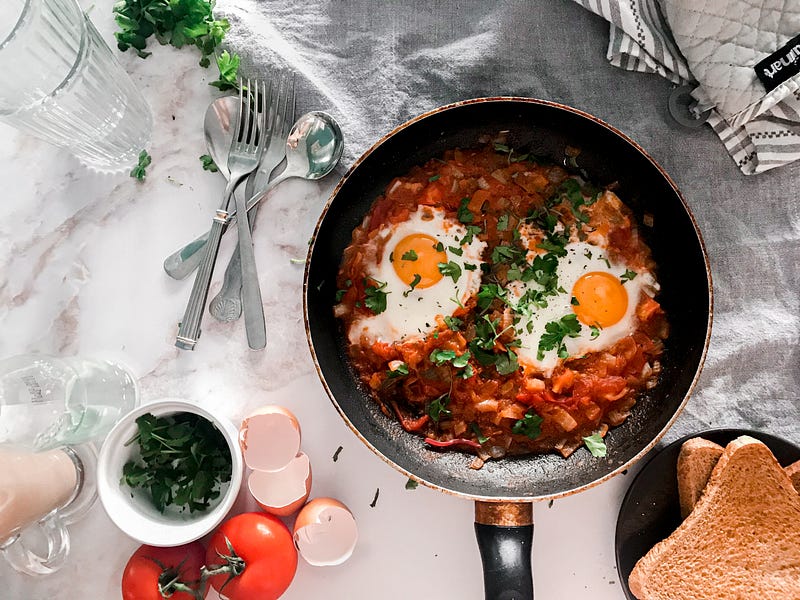
Having pre-portioned measurements of each ingredient you need creates a seamless cooking experience, making you much more efficient at cooking almost anything. Even a humble pasta sauce can be created quicker, and easier if you have already chopped your onions, garlic and tomatoes ready to be added.
It also helps to stop you from making avoidable mistakes. I have lost track of the number of times I’ve overcooked my garlic because I didn’t have any tomatoes ready to add to the pot. But since I began preparing my ingredients beforehand, I am yet to make such a blunder. (Hot Tip – If you are struggling with fresh garlic, I have found dried garlic can be an excellent substitute if you choose the right one!)
In fact, you will make so many fewer mistakes even before you begin cooking, as part of the process is to ensure you have all of the ingredients you need to follow your recipe.
How many times have you gotten halfway into a recipe only to realise you didn’t grab the tomato paste you needed?
The Best Tools for Mise en Place
Strictly speaking, you don’t need any equipment for most preparations — but it really does help if you have even some basic containers. Here are the few that I use, as well as what I use them for.
Large, Medium and Small Bowls
Bowls, bowls, bowls. They are the apex Mise en Place container. You can use them for anything, and I regularly do. If I am cutting onions, I have two bowls — the first for the onion, of course. And the second is for the skin and root end. Once I have finished my knifework, I am left with a tidy board and a bowl of garbage.
Ramekins
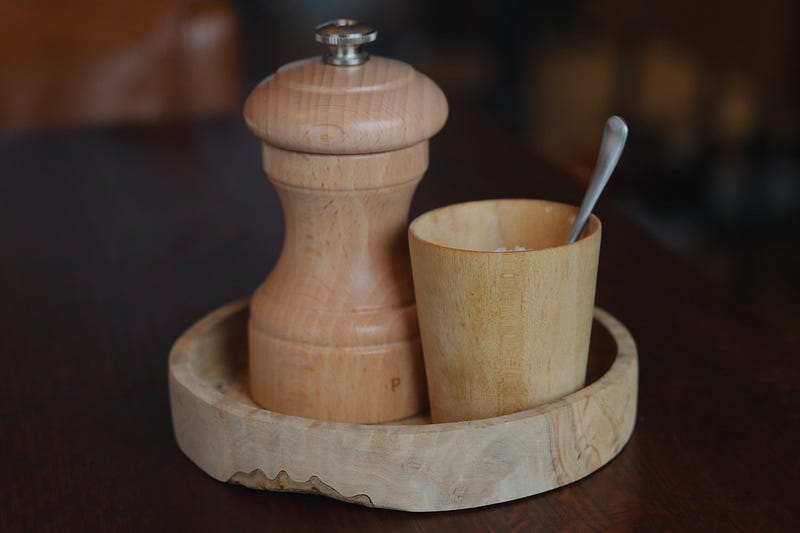
Less versatile than bowls, however much more convenient, especially for smaller quantities such as spice blends and garlic cloves. Sometimes a bowl is simply too large, this is when I reach for a ramekin. They are a great size to scoop from, as well as being small enough that they don’t take up the entire counter.
Pinch Bowls
I use these so often that I am constantly refilling them, especially my salt. In fact, I have three salt bowls, each with a different salt, that I always keep within reach. They are excellent for individual spices that need to be added at specific times.
A pinch of salt on buttery toast is my guiltiest pleasure.
Soup Containers
Sometimes called deli containers, these wonderful tubs are perfect for storing large amounts of liquids, such as sauces and soups, in a safe and space-efficient way. I always keep a few in my fridge with a variety of sauces and gravies for when I need them.
Mise en Place can always be done well in advance.
Squeeze Bottles
I keep these nearby at all times, especially for my cooking oil. It is far more convenient (and frugal) to keep your oils in this, as it allows far greater control over the amount you will use, as well as providing a place in your kitchen for something that is usually hidden under the sink.
Measuring Jugs
An excellent way to keep track of how much of something you have already added, and how much you have left — a measuring jug can often serve double duty as a way to control amounts, as well as slowly and accurately add things.
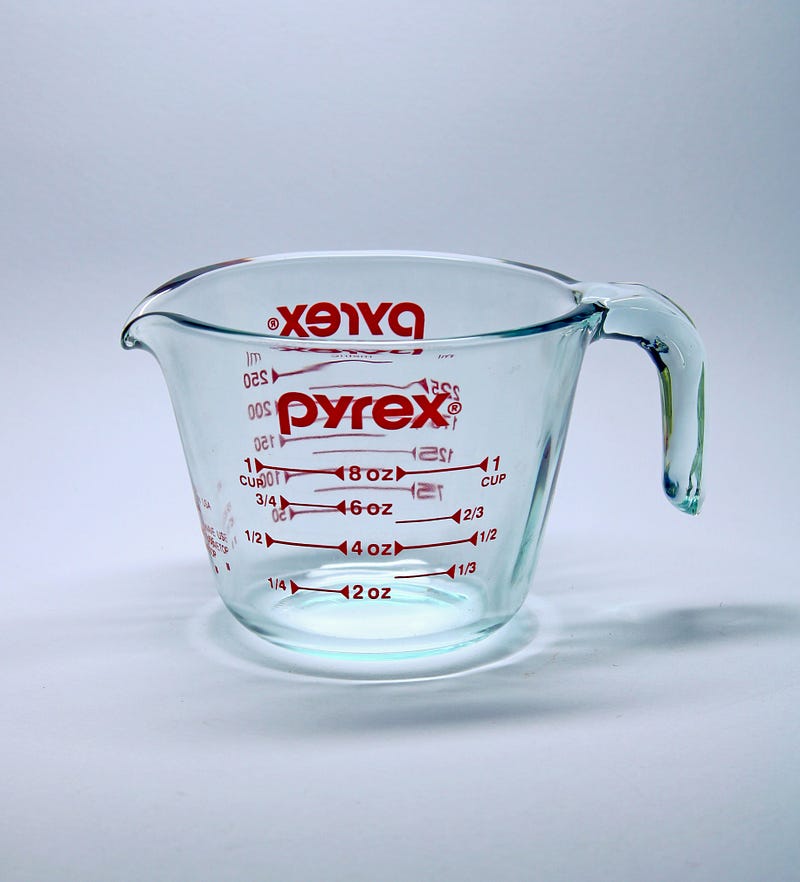
Is Mise en Place Worth It? I’m Pretty Busy
After years of living without Mise en Place, and several far easier years with it, I can honestly say that it is the single most important revelation that has contributed to my growth as a cook. I can visualise recipes far easier, predict when I will need something and even spot where I could add something.
It is far easier to experiment with a recipe when the fundamentals are properly dialled in, otherwise steps become confusing and recipes quickly go off the rails. If you are concerned that it takes a lot of time and effort, then consider that it is all things you would be doing anyway, but instead of frantically chopping carrots, potatoes and your fingertips off while your food burns, you get to relax and enjoy a glass of wine whilst you wait for what to add next.
The universe is in order when your station is set up the way you like it
Anthony Bourdain

